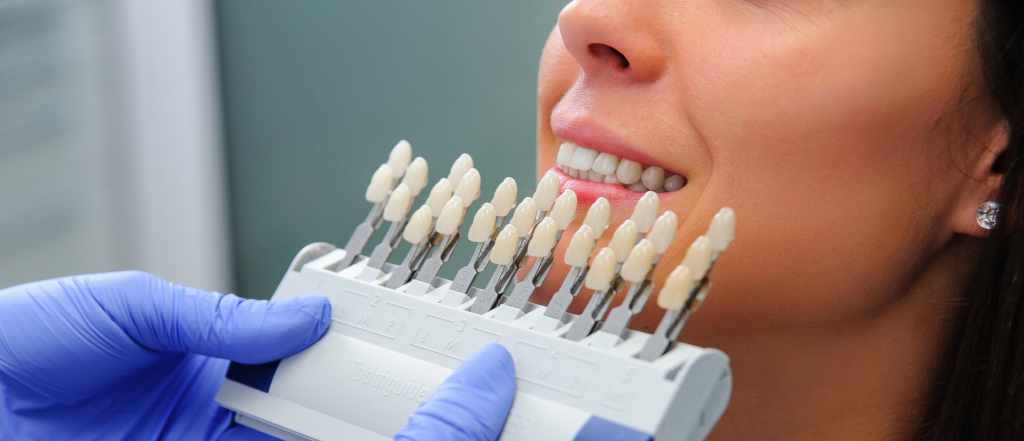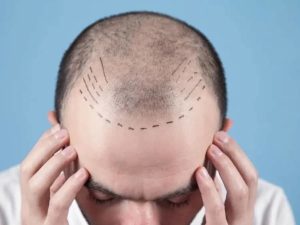Prosthetics and Dental Aesthetic

Aesthetic prosthesis is a procedure that is done for incisor as well as molar areas, it is recommended when aiming for maximum aesthetics and comfort. Aesthetic prosthesis guarantees long term results. Anaesthetic prosthesis is recommended for the teeth that receive great pressure exertion while chewing.
Aesthetic prosthesis is completed while using metal-free ceramics: zirconium ceramics, layered fibreglass and resin ceramics, Emax pressed ceramics, often referred to as porcelain. Metal-free ceramics allow for the creation of natural enamel colour and lucidity effect. It looks natural because of its translucent qualities, distinguished with its physical and chemical properties, that match well with the natural tissues in the mouth. Zirconium ceramics base is made of zirconium oxide is white and matches the natural inner colour of the tooth, which replaces the dark metal structure. These restorations are particularly strong and are suitable for restoration of all teeth.
Microprosthesis is the covering of the tooth with durable and particularly aesthetic metal-free ceramic veneers: laminates, inlays or overlays.
Ceramic laminates are thin porcelain veneers, that are placed upon the surface of the tooth, when the colour, shape of the tooth have changed or when fillings become visible. Their advantages: they protect the natural tissues of the tooth, the teeth are polished only minimally 0.3-1.0 mm; aesthetic restoration that does not change colour over time; the materials are well tolerated by the human body; is coordinated biologically with our tissues, particularly gums; does not collect pigments; are long-wearing compared with aesthetic filling.
Inlays, overlays are metal-free ceramic plates, manufactured, when more than half of the crown of the tooth is lost, instead of really large fillings. They are more durable and can sustain greater chewing loads. Metal-free ceramics, from which inlays and overlays are made is very close to the natural hardness of enamel and its wear. When microprosthesis is completed, the covered tooth is only polished minimally, other walls of the tooth retain their original state, thus the tooth will last longer.
Advantages of microprosthesis are, that the natural hard tissues of the tooth are preserved, polishing is minimal, the colour and opaqueness does not change over time, break-resistant, great accuracy of restoration, longevity and slow wear.
In what instances aesthetic prosthesis is used
Aesthetic prostheses are recommended for the restoration of chewing function, creation of aesthetic impression, removal of speech impediments (or their reduction), when it is impossible to restore teeth through aesthetic filling, but when the dental prosthesis is not yet required.



